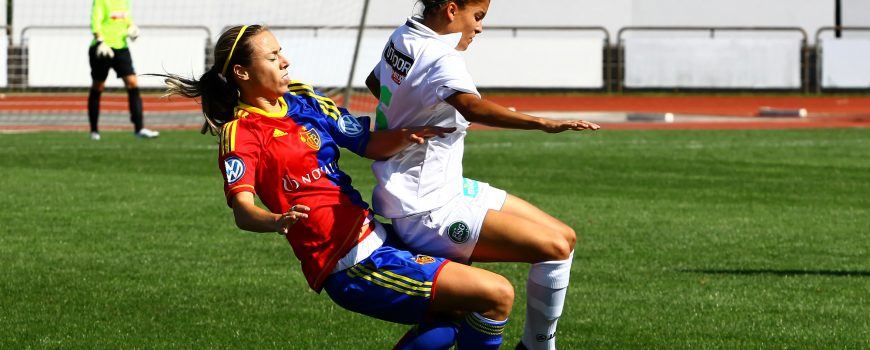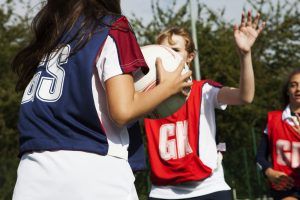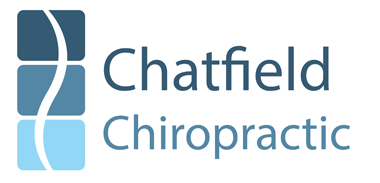
Increasing Girl Participation in Contact Sports: How Can We Protect Them?
Traditionally if you look around at various female sports such as netball, basketball & gymnastics , a common theme was they were non contact based. This has led many critics to categorise various female sports as “boring,” giving women and girls alike less exposure in the sports industry. In fact, for many years, competitive younger serious female sports players had to seek out participation in male leagues to truly do what they love. Fortunately in Australia that has been improved recently.
While times have changed in this regard, there’s still a lot going on when it comes to contact sports and female participation. So, let’s dig a bit deeper into this topic. What do the statistics show? How can we protect our female participants while still encouraging girls and women to participate in sports?
The Gender Gap: Why Do Girls Experience More Head Injuries?
Surprisingly, concussion rates are higher for girls than boys when it comes to almost every sport. On top of this, it may actually take girls longer to bounce back post-concussion than their male counterparts.
So, what’s going on here? Well, there are a few things.
From a biological perspective, girls simply don’t have as developed neck muscles as boys. This means that when an injury or accident happens during sport, girls are more likely to experience increased impact. Additionally, some experts suggest that cerebral blood flow and hormonal differences might play a role. Yet, these aren’t as clear.
From a non-biological standpoint, females are more likely to seek out healthcare than males, meaning they are more likely to have a higher incident report rate than their male peers. It’s also not “legal” in most female sports to have contact, whereas, in male sports, it is considered “legal.” Thus, male concussion injuries are more likely to go unaccounted for. Men also have the unfortunate and undeniably societal pressure of appearing “tough.”
At the same time, this does give an argument for more protection for women, since they have more of an innate risk of injury. So, how can we do this?
 Protecting Girls in High-Impact Sports
Protecting Girls in High-Impact Sports
High-impact sports are defined as sports that cause wear and tear to the body and its joints, as well as have a high risk of injury. Some of these include AFL,Netball, soccer, hockey, basketball, and tennis.
So, how can we limit this risk? Here are a few things to keep in mind.
1. Invest in Proper Equipment
For many sports, male and female equipment varies. This is for a good reason! We simply aren’t all created the same. As a female participant or parent, ensure you select the correct equipment. Sizing is also important here since elbow pads that are slipping off aren’t exactly doing the job they are intended to do, so ensure you try them on before putting them into action.
All in all, many of these protective pieces of equipment can prevent injuries from happening—or at the very least, prevent them from being worse than they could be.
2. Warm Up Every Single Time!
The body needs to ease into intense physical activity. This is the magic of the warm-up.
A sufficient warm-up increases blood flow and prepares the body, muscles, and joints for physical activity. Make sure you or your child perform, at least, a 5-10 minute warm-up before hitting the rink, field, or court.
3. Recruit the Help of a Coach
A coach who knows the sport knows what to do to reduce the risk of injury. Working alongside a coach can ensure the player or competitor has proper form and technique, which loads the correct joints and muscles—and, ultimately, keeps your or your child injury and pain-free.
Have you or your loved one recently experienced a sports injury? The Chatfield Chiropractic team is here to help. Contact us today to book your appointment and get back on your feet!
